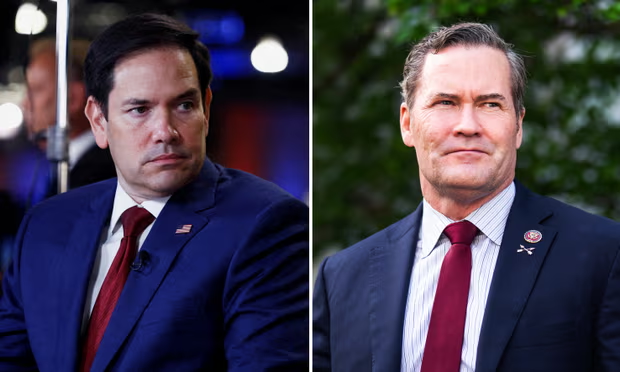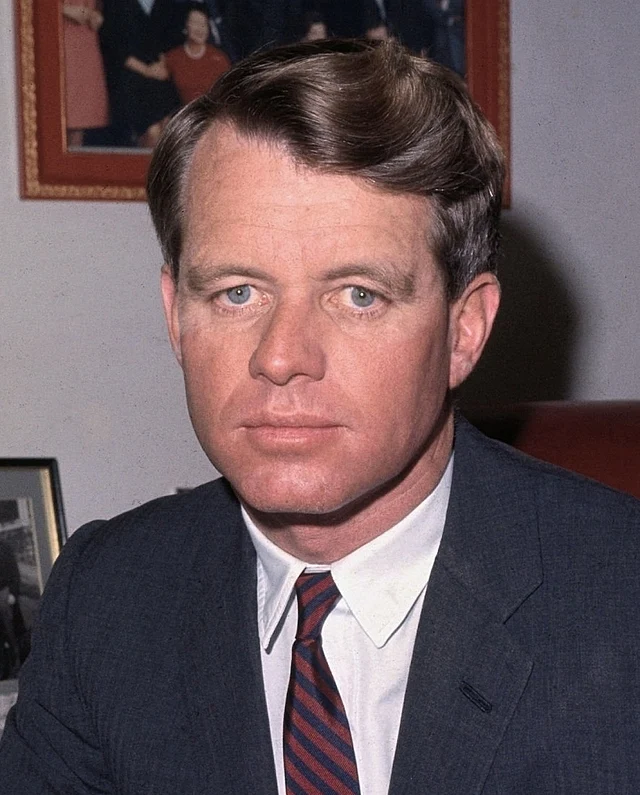
Will Trump Eliminate The Department Of Education? What We Know As Elon Musk Applauds ‘Good Idea’
Former President Donald Trump’s recent suggestion to eliminate the U.S. Department of Education (DOE) has sparked significant debate about the future of American education. While Trump has consistently argued that the DOE represents federal overreach,…








